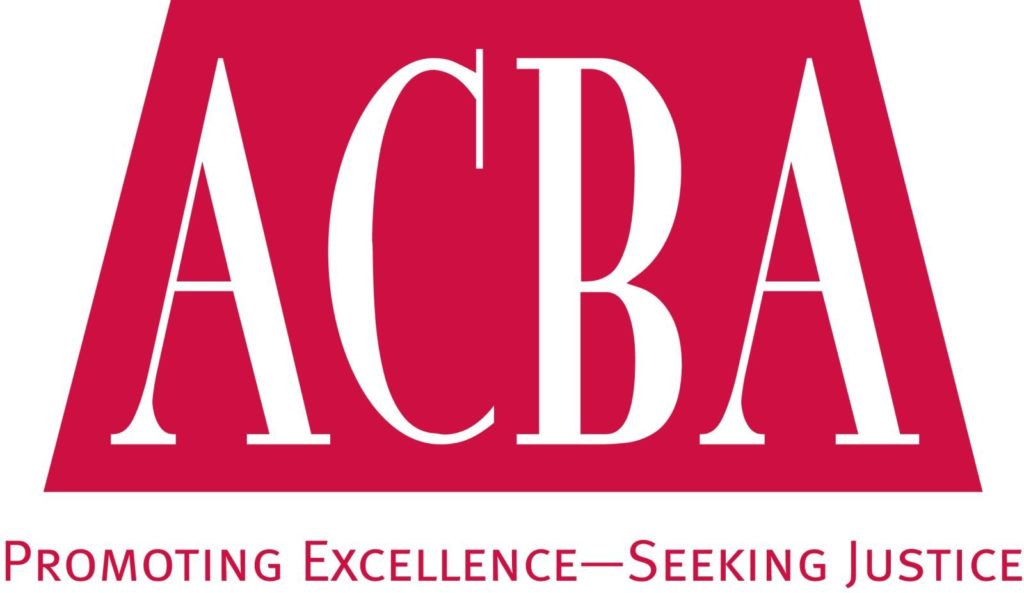Bay Area Commuter Benefits
By Jamie Rudman, Sanchez & Amador, LLP
The new Bay Area Commuter Benefits Program (CBP) goes into effect September 30, 2014. The CBP is a pilot program that extends through December 2016. Covered employers have until September 30 to: (1) select at least one of four commuter benefit options, (2) notify employees how to take advantage of the benefits, and (3) register with CBP. Program details, registration and a detailed “Employer Guide” are available at the CBP’s website. An employer who violates the CBP will be subject to civil penalties for the enforcement of air pollution control laws pursuant to the California Health and Safety Code.Which Employers are Covered?
The CBP applies to any public, private, or non-profit employer which has an average of 50 or more full-time employees per week within the geographic boundaries of the Bay Area Air Quality Management District (the “District”). Full-time employees are those “who performed an average of at least 20 hours of work per week within the previous calendar month within the geographic boundaries of the District, excluding a seasonal/temporary employee.” For employers with more than one worksite, the threshold is based on the total number of employees at all of the employer’s worksites within the District combined, regardless of how many employees work at each location. The District covers nine counties, including all of Alameda, Contra Costa, Marin, Napa, San Francisco, San Mateo, and Santa Clara counties, the western portion of Solano County and the southern portion of Sonoma County.
The CBP applies to any public, private, or non-profit employer which has an average of 50 or more full-time employees per week within the geographic boundaries of the Bay Area Air Quality Management District (the “District”). Full-time employees are those “who performed an average of at least 20 hours of work per week within the previous calendar month within the geographic boundaries of the District, excluding a seasonal/temporary employee.” For employers with more than one worksite, the threshold is based on the total number of employees at all of the employer’s worksites within the District combined, regardless of how many employees work at each location. The District covers nine counties, including all of Alameda, Contra Costa, Marin, Napa, San Francisco, San Mateo, and Santa Clara counties, the western portion of Solano County and the southern portion of Sonoma County.
Employers who reach the coverage threshold at any time after the CBP goes into effect are required to register online with the BAAQMD’s Air Pollution Control Officer (APCO) or that Officer’s designee, within six months. Employers in local jurisdictions that already require commuter benefits programs, including Berkeley, Richmond and San Francisco, must still register for the CPB and indicate which commuter option(s) they currently provide.
What Benefits Must Covered Employers Provide?
The CPB does not require any employee to change his or her commute method. However, covered employers must offer at least one of the following commuter benefits:
- Pre-tax option: Allow employees to elect to exclude costs for transit passes or vanpool charges used for commuting from their taxable wages.
- Employer-paid benefit: Offer employees a subsidy equal to the monthly cost of commuting via public transit or vanpool, or $75, whichever is lower. Employers may also choose to provide a subsidy for bicycle commuting costs.
- Employer-provided transit: A vanpool, bus or similar multi-passenger vehicle operated by or for the employer.
- Alternative commuter benefit: A pre-approved alternative employer-provided commuter benefit that is as effective in reducing single occupant vehicles as Options 1-3.
Employers may also offer a more generous commuter benefit program, as long as the employer complies with all provisions of the CBP.What Notification Must Covered Employers Give to Their Employees?
Using methods that will reach employees in a particular workplace, such as email, paper memos, in-house newsletters or bulletins, and/or conventional or electronic bulletin boards, covered employers must:
Using methods that will reach employees in a particular workplace, such as email, paper memos, in-house newsletters or bulletins, and/or conventional or electronic bulletin boards, covered employers must:
- Notify all covered employees that the employer is subject to the CBP;
- Tell employees which of the commuter benefit options the employer will offer;
- Provide information as to how a covered employee may apply for and receive the commuter benefit;
- Provide a contact person within the organization for further information about the commuter benefit; and
- Provide commuter benefits information as part of the employee benefits package explained to all newly hired employees.
Covered employers must provide the above information when the commuter benefit is first made available to employees, and at least once per year thereafter. Sample employee notifications are available in the Employer Guide on the CPB’s website.Jamie Rudman is a Partner at Sanchez & Amador, LLP in Oakland. She represents employers in employment and labor litigation and counseling matters. This article originally appeared in the ACBA Labor and Employment Section 2014 Newsletter.

